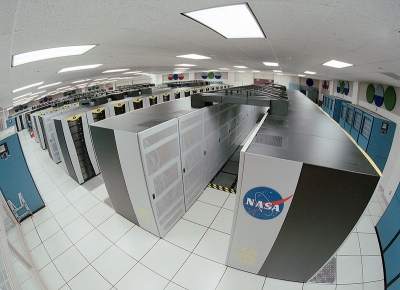The US Defense Advanced Research Projects Agency (DARPA) is developing an “ExtremeScale” supercomputer to overcome the “limitations” of current systems.
“[Traditionally], computing performance increases have been driven by Moore’s Law – doubling the transistors that can be placed on an integrated circuit every two years,” the government agency explained in an official statement.

“[However], the ability to achieve projected performance gains is limited by significant power consumption, architectural and programming complexity issues.”
As such, the goal of DARPA’s Ubiquitous High Performance Computing (UHPC) program is to “re-invent computing,” with radically new architecture and programming models projected to be 100-1,000 times more energy efficient.
The future systems are also expected to offer significantly higher performance and will be easier to program than current-gen HPCs.
A number of companies have been selected to complete prototype UHPC systems by 2018, including Boston & Sandia National Laboratory, Intel, Nvidia and MIT.






